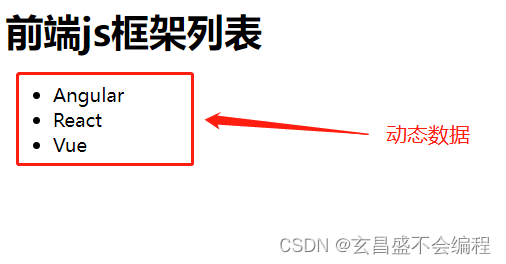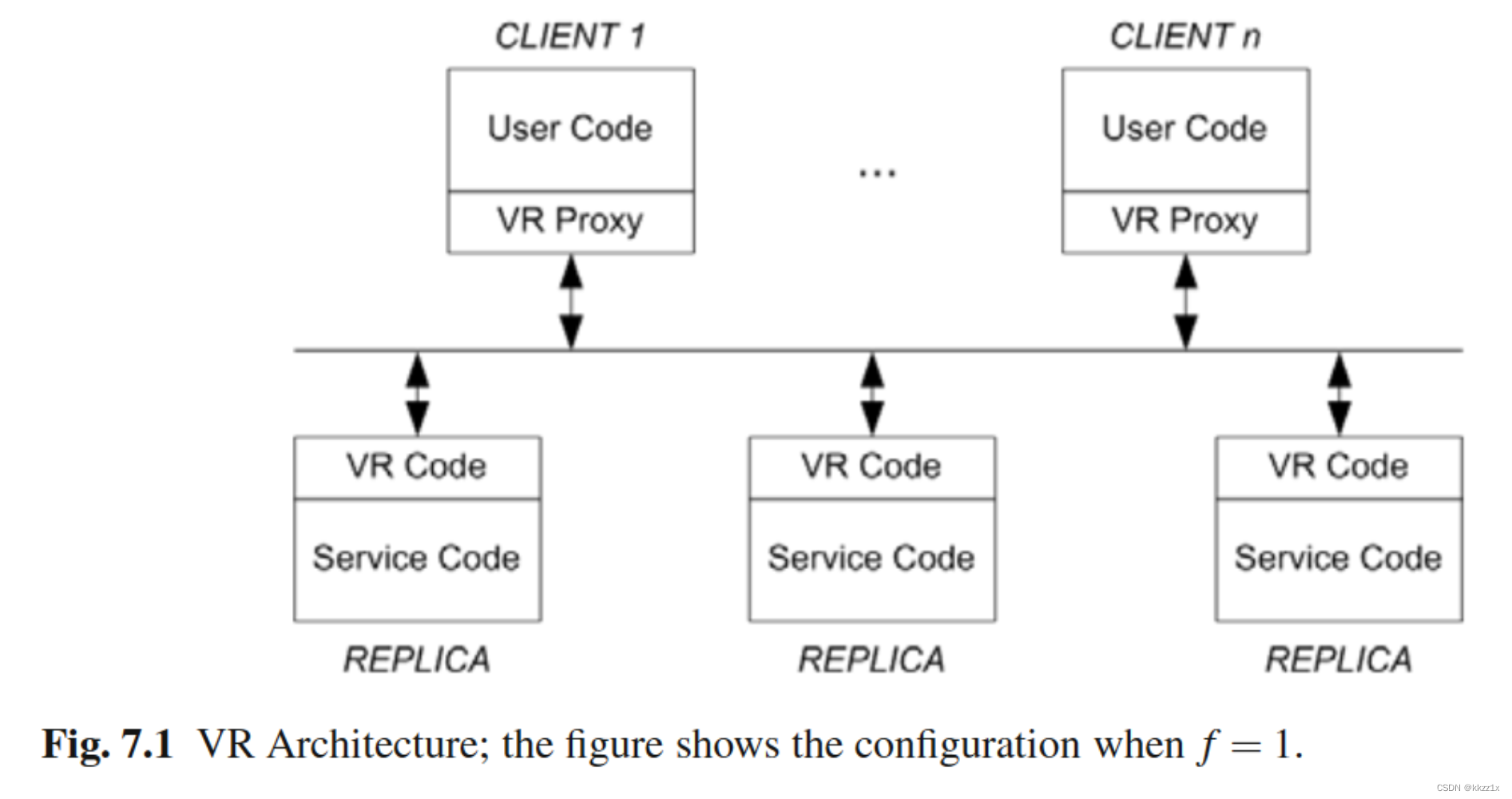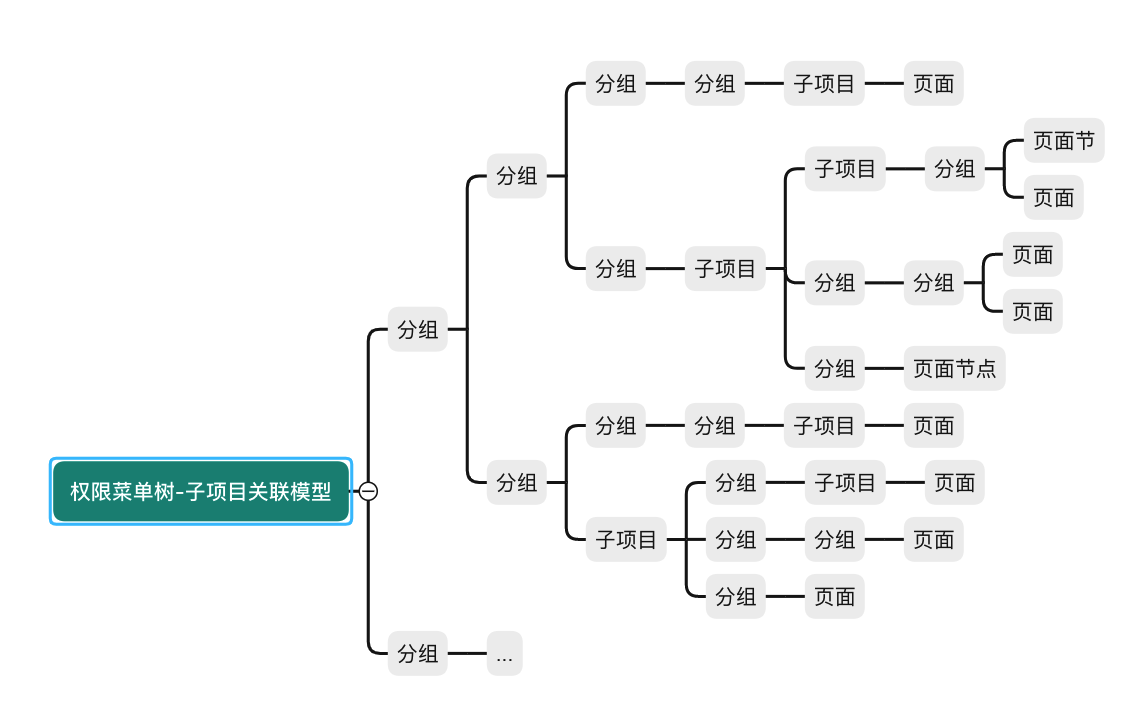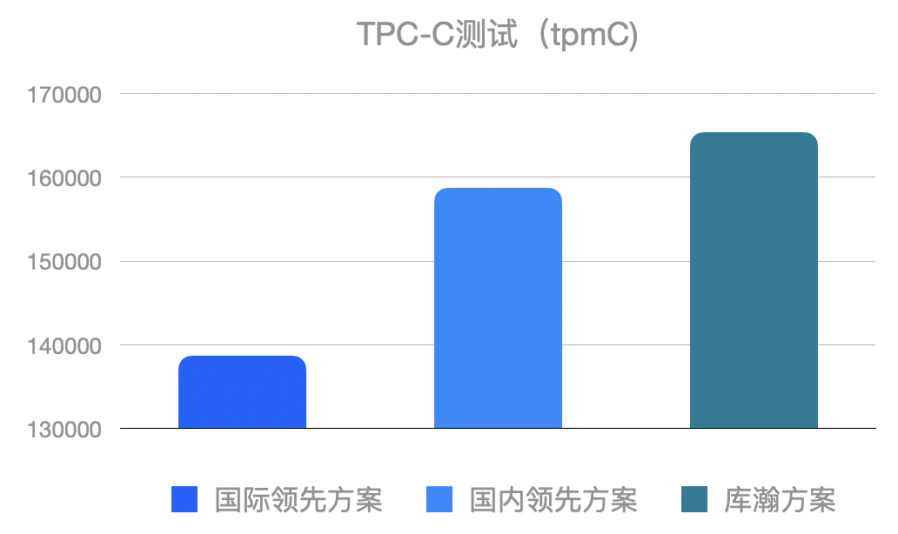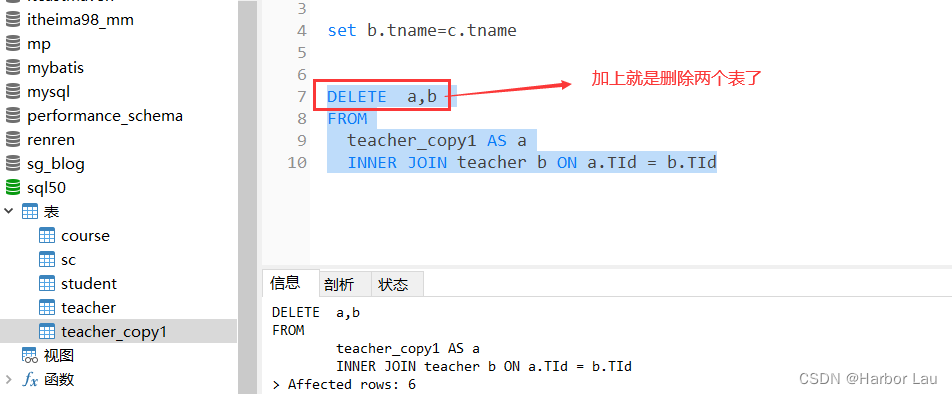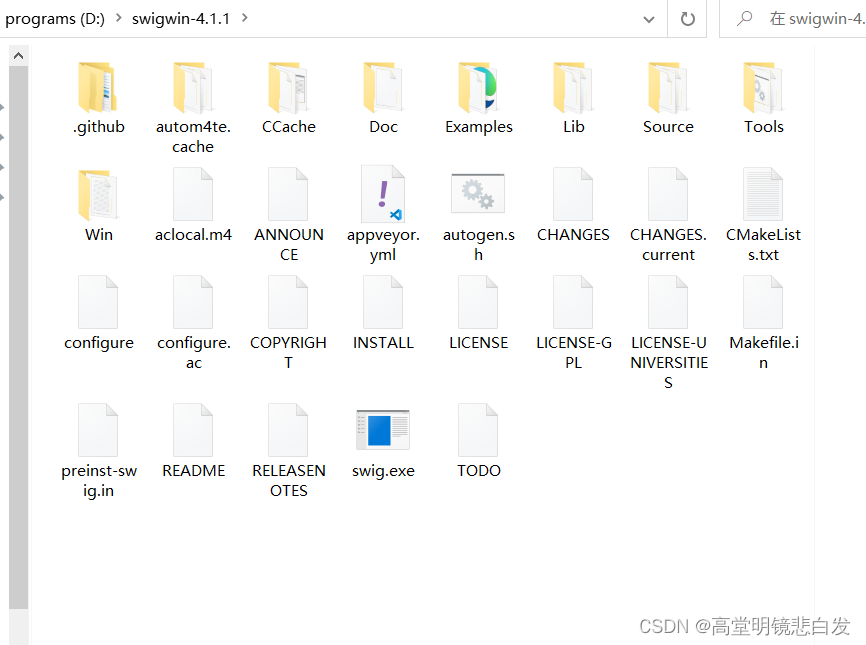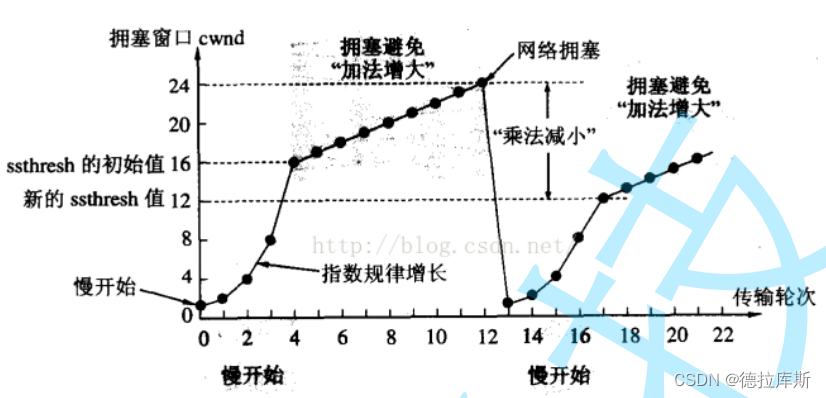目录
Vue路由(一、二级路由)
一级路由配置
二级路由配置
Vue中展示二级路由的默认模块/二级路由默认显示
Vue路由,二级路由及跳转
如何用vue实现二级菜单栏
◼️ 相关参考资料

当朋友们看到这个文章时想必是想要了解vue路由二级菜单相关的知识,这里同时多从个角度为大家介绍vue二级路由的配置相应的内容。
Vue路由(一、二级路由)
是前台为了实现单页面应用然后设置路径,根据不同的路径显示不同页面。但是这些路径在服务器上不是真是存在的。
hash路由:默认的是hash路由,过onhashchange()来检测路由的变化,根据不同的hash来显示不同元素。获取当前的hash值location.hash
history路由:通过onpopstate来检测history堆栈路径的变化,堆栈的路径是通过history.pushState(null, '',"?page=2")添加进去的
由hash路由设置成history路由,给路由添加配置项 mode="history"。
一级路由配置
1、设置相应组件
2、在router-index.js文件中添加路由配置
首先,引入组件,然后配置路由规则 {path:设置路径,name:名,component:组件}
3、在需要当前组件的地方给页面添加<router-view></router-view>
4、设置导航路径
使用vue提供<router-link to="路径"></router-link> ,默认的解析成a标签
5、设置默认路由
6、设置导航链接的样式
二级路由配置
1、需要定义组件
2、确定好在哪个组件配置二级路由,就去哪个组件的配置规则中添加children关键字,按照一级路由的配置方法配置规则
3、在需要配置二级路由的组件中添加<router-view></router-view>
4、设置导航路径
使用vue提供<router-link to="路径"></router-link> ,默认的解析成a标签
5、设置导航链接的样式
我们可以定义一个一级路由,里面可以包裹底部footer组件,让他为二级路由,这时点击底部的二级路由时,就会切换不同的页面,而不需要底部组件显示的时候,那我们再配置一个一级路由就好了!!!
Vue中展示二级路由的默认模块/二级路由默认显示
1. 新建一个二级路由 导入到router/index.js 并配置
2. 在盛放子路由的页面加入router-link 与 router-view标签
3. 点击带有router-link标签的按钮即可展示子路由
Vue路由,二级路由及跳转
* router/index.js文件:
/* 导入Vue构造函数 */
import Vue from "vue";
/* 导入路由VueRouter构造函数 */
import VueRouter from "vue-router";
/* 导入HomeView页面 */
import HomeView from "../views/HomeView.vue";
// 调用构造函数Vue的use方法,传入VueRouter构造函数
// 作用是把VueRouter作为一个插件全局插入到Vue中
Vue.use(VueRouter);
/* 定义一个路由数组对象 */
const routes = [
/**
*一个对象就对应了一个路由
*path 就是路由的地址
*name 给路由起的名字
*component 具体跳转的是哪个组件页面
*/
{
/* path: '/' 根页面,表示已进入就显示的页面 */
path: "/",
name: "home",
/* 这种方式一进入页面就会全部加载,不是用到的时候再加载,性能没有懒加载的方式好 */
component: HomeView,
/* 可以使用redirect重定向,一进入主页就展示第一个子页面,redirect 后面跟的是路径名,并不是name */
/* 因为/是根路径,所以可以直接写one */
redirect: "oneview",
children: [
{
path: "oneview",
name: "oneview",
component: () => import("../views/OneView.vue"),
},
],
},
{
/* 这里是一级目录所以可以加斜杠/,表示根目录 */
path: "/about",
name: "about",
// route level code-splitting
// this generates a separate chunk (about.[hash].js) for this route
// which is lazy-loaded when the route is visited.
/* 懒加载功能:一开始不加载,当你切换路由的时候再加载 */
component: () =>
import(/* webpackChunkName: "about" */ "../views/AboutView.vue"),
/* about不是根路径,所以redirect后面要写全'/about/aboutchild' */
redirect: "/about/aboutchild",
children: [
{
path: "aboutchild",
name: "aboutchild",
component: () => import("../views/AboutChild.vue"),
},
],
},
{
path: "/ChildA",
name: "ChildA",
component: () => import("../components/ChildA.vue"),
},
{
path: "/ChildB",
name: "ChildB",
component: () => import("../components/ChildB.vue"),
},
{
/* path:'*' 必须要放最后 */
/* path:'*' 表示上面的路由没有匹配到,则进入下面的页面 */
path: "*",
name: "notfound",
component: () => import("../components/NotFound.vue"),
},
];
/* 实例化构造函数 VueRouter 产生一个实例化对象,并把上面的路由数组对象routes当作参数 以对象的方式传给构造函数 VueRouter */
const router = new VueRouter({
routes,
});
/* 把实例化路由对象 router默认导出 */
export default router;* main.js文件:
/* 导入Vue构造函数 */
import Vue from "vue";
/* 导入App.vue入口页面 */
import App from "./App.vue";
/* 导入router文件夹中的index.js中的router实例化对象 */
/* 因为一个文件夹里面只有一个index.js文件,所以在脚手架中可以把./router/index.js简写为./router */
import router from "./router";
/* 生产提示 */
/* 改成false是用来关闭开发者提示 */
Vue.config.productionTip = false;
/* 在Vue的对象参数里面配置 el:"#app" 等于.$mount('#app'),都是用来挂载到id为#app的div上的 */
/* 把路由实例化对象router配置在Vue中,作用是保证项目中所有的vue文件都可以使用router路由的属性和方法 */
new Vue({
router /* 会把所有vue文件渲染到App组件上 */,
render: (h = h(App)),
}).$mount("#app"); /* 等同于el:"#app" */* views/App.vue文件:
<template>
<div id="app">
<nav>
<!-- router-link组件是负责路由跳转的,to属性是用来写跳转路径的。router-link组件本质上是用a标签来实现的,路由跳转的原理是根据锚点来的 -->
<router-link to="/">Home</router-link>
<router-link to="/about">About</router-link>
<router-link to="/ChildA">点我跳转ChildA</router-link>
<router-link to="/ChildB">点我跳转ChildB</router-link>
</nav>
<!-- router-view 组件是用来展示组件的容器 -->
<!-- 创建两个组件ChildA和ChildB,并写两个router-link组件标签可以实现跳转,跳转组件显示在router-view容器中 -->
<router-view></router-view>
</div>
</template>
<style scoped>
#app {
font-family: Avenir, Helvetica, Arial, sans-serif;
-webkit-font-smoothing: antialiased;
-moz-osx-font-smoothing: grayscale;
text-align: center;
color: #2c3e50;
}
nav {
padding: 30px;
}
nav a {
font-weight: bold;
color: #2c3e50;
}
/* .router-link-exact-active 跳转链接被激活的时候加载到router-link身上 */
nav a.router-link-exact-active {
color: #42b983;
}
</style>AboutView.vue文件:
<template>
<div class="aboutview">
<h1>This is an AboutView page</h1>
<!-- to后面写的是路径 -->
<!-- <router-link to="/about/aboutchild">我是aboutchild</router-link>-->
<!-- to 后面要加冒号: 作用是把后面解析成一个对象而不是字符串 -->
<router-link :to="{ name: 'aboutchild' }">我是aboutchild</router-link>
<!-- 二级路由显示的容器 -->
<router-view></router-view>
</div>
</template>
<script>
export default{
name:"aboutview",
components: {
AboutChild",
},
};
</script>
<style scoped>
</style>
* AboutChild.vue文件:
<template>
<div class=aboutChild>
<h1>AboutChild</h1>
</div>
</template>
<script>
export default {
}
</script>
<style scoped></style>* HomeView.vue文件:
<template>
<div class="homeview">
<h1>go!go!go!</h1>
<router-link to="/oneview">我是OneView</router-link>
<!-- 二级路由对应的组件容器 -->
<router-view></router-view>
</div>
</template>
<script>
export default {
name: "HomeView",
components: {OneView},
};
</script>
* OneView.vue文件:
<template>
<div class="oneview">
<h1>我是OneView</h1>
</div>
</template>
<script>
export default {
}
</script>
<style scoped></style>* components/ChildA.vue文件:
<template>
<div class="childA">
<h1>我是childA</h1>
</div>
</template>
<script>export default {
}
</script>
<style scoped></style>
* ChildB.vue文件:
<template>
<div class="childB">
<h1>我是childB</h1>
</div>
</template>
<script>
export default {
}
</script>
<style scoped></style>* NotFound.vue文件:
<template>
<div class="notfound">
<h1>我是NotFound</h1>
</div>
</template>
<script>
export default {
}
</script>
<style scoped></style>左边文件目录:
如何用vue实现二级菜单栏
二级菜单导航是一种很普遍的功能,一般网页都会有这个功能。如果是平常的做法就是改变url,跳到相应的页面;还有一种就是frame。
如果用vue的话,可以用vue-router改变router-view里面的组件,这样就能做到不刷新页面都能跳到相应“页面”。其实url地址还是变了,但是他没有刷新页面其他位置的内容,只是改变了router-view里面的组件,渲染了新的组件。
◼️ 相关参考资料
Vue中实现路由跳转传参的4种方式
简单了解一下vue-router是什么

